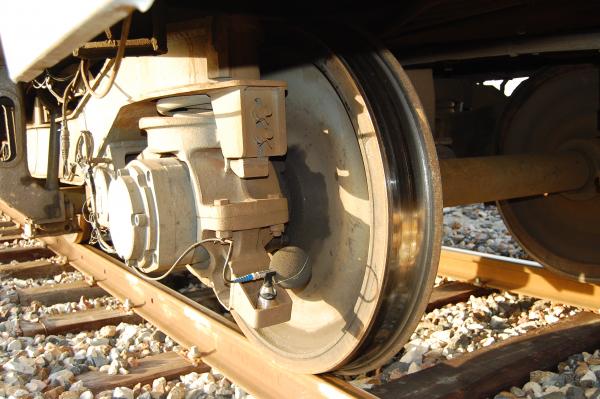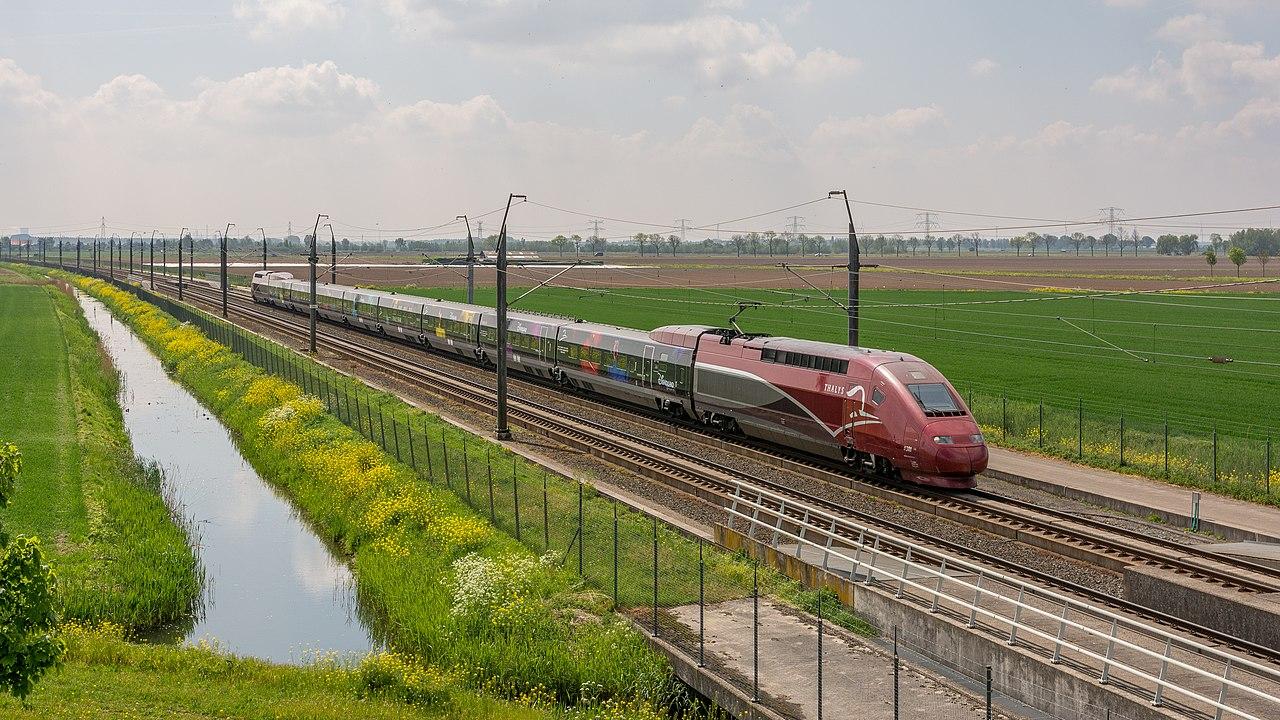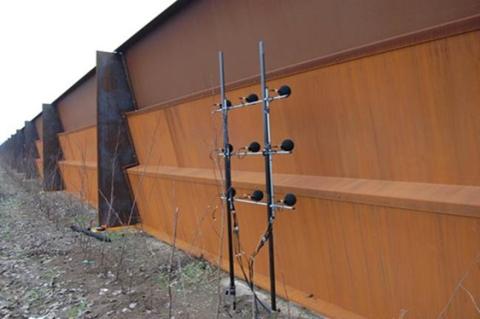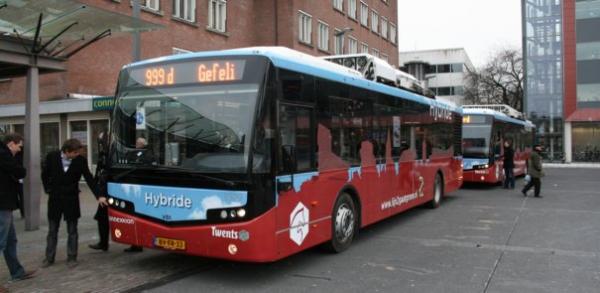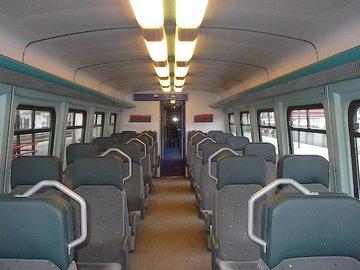
Working towards a quieter tram or train interior
Ard Kuijpers: "To a large extent, the comfort of passengers and staff is determined by the interior noise of a vehicle. No wonder it plays a part in purchasing and modernising trains and trams. How much interior noise is acceptable in which vehicles? Which realistic demands can we make when purchasing a vehicle? How can I, as a supplier, show that I meet a certain requirement? We are sound enthusiasts and are therefore excellently equipped to deal with these questions. Questions about interior noise are usually very wide-ranging. And that's wonderful as it gives us ample room to think creatively."
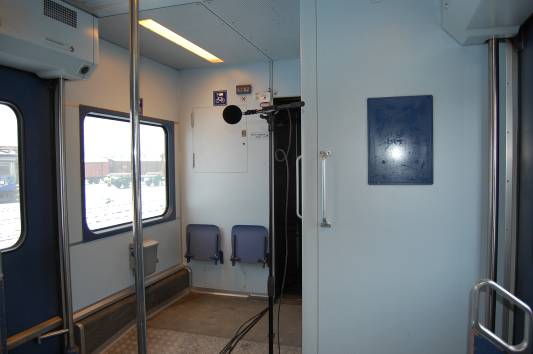
The unpredictable world of noise on tracks
Railway materials are in constant development. Manufacturers are putting new train types on the market and existing carriages are redeveloped and modernised. Noise is always an issue. How can we make interior noise predictable, tangible, concrete? So we know what to expect when we purchase, manufacture and rebuild?
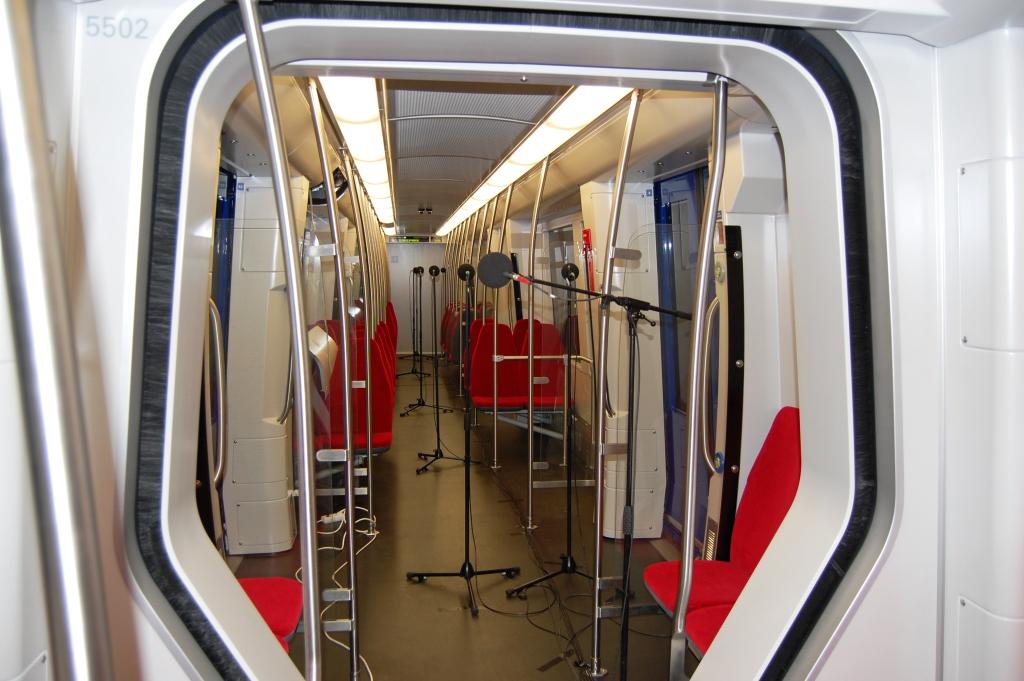
M+P offers clarity
We've come a long way when it comes to noise and tracks. We know the routes and we know which factors are interlinked. This means that we can ask our clients the right questions. Sometimes, a request for a sound measurement masks a desire to resolve a noise issue. Or it boils down to correctly formulating a noise requirement.
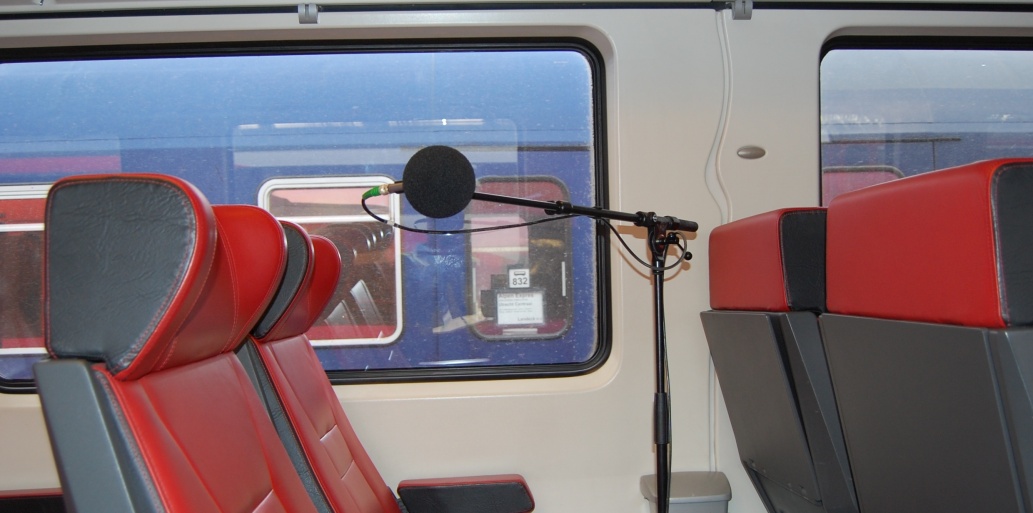
A multitude of projects
Noise on railway tracks is a world of its own and our projects for clients such as NS (the main Dutch passenger railway company) and GVB (the Amsterdam municipal transportation company) are varied. We formulated, for instance, a programme of requirements to give direction to the purchase of new equipment in terms of interior noise and we designed a model that helps to assess whether a new type of railway construction will lead to an increase of interior noise. M+P was part of a team of experts that researched noise that only occurred in a certain type of train in a certain tunnel. Eventually, the cause and solution were found.

